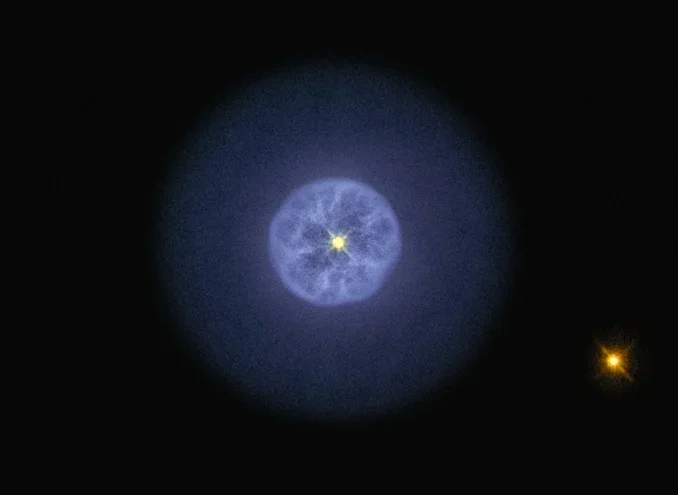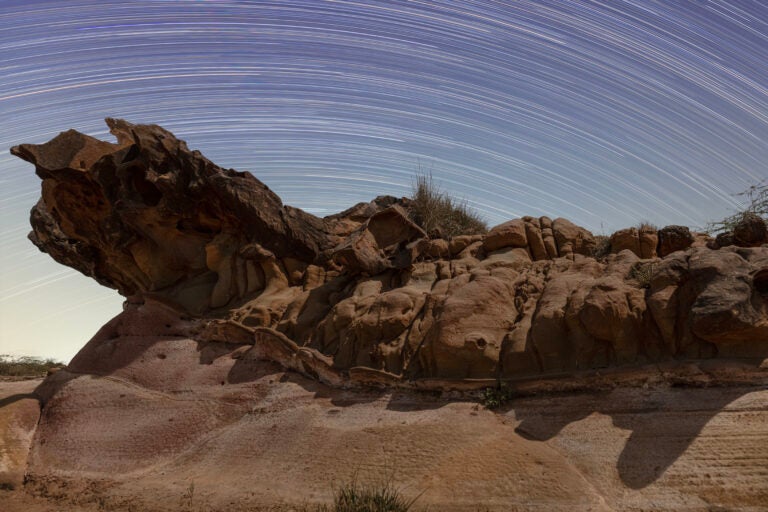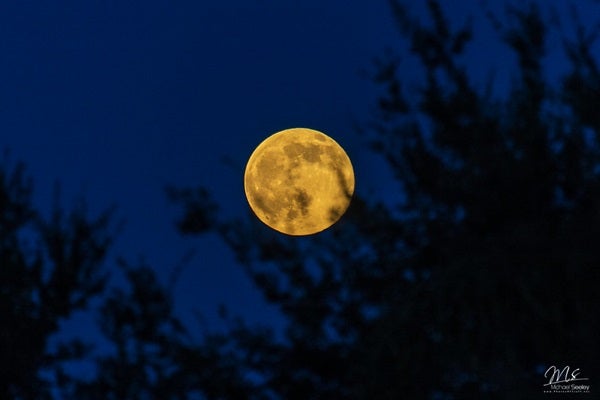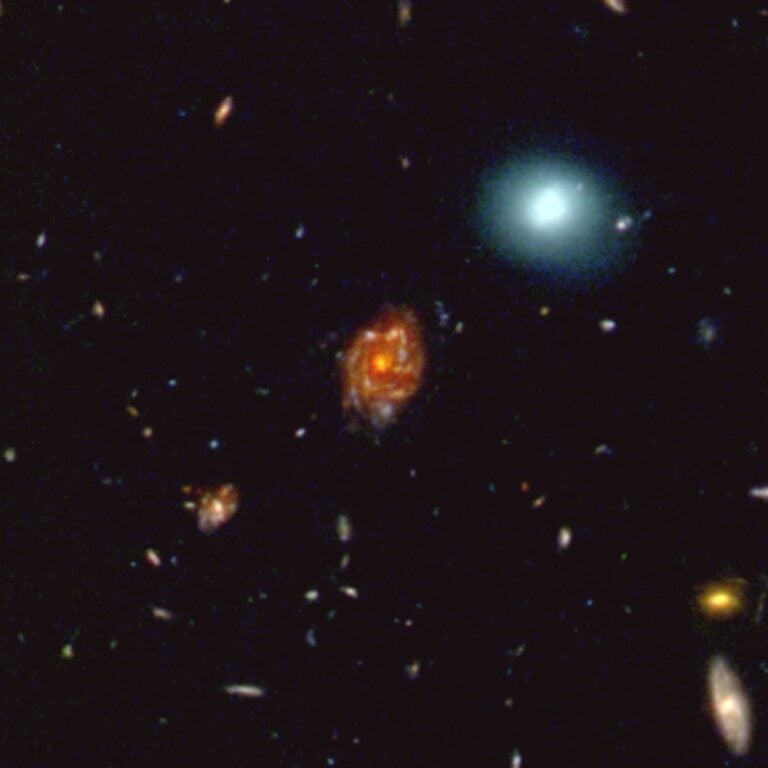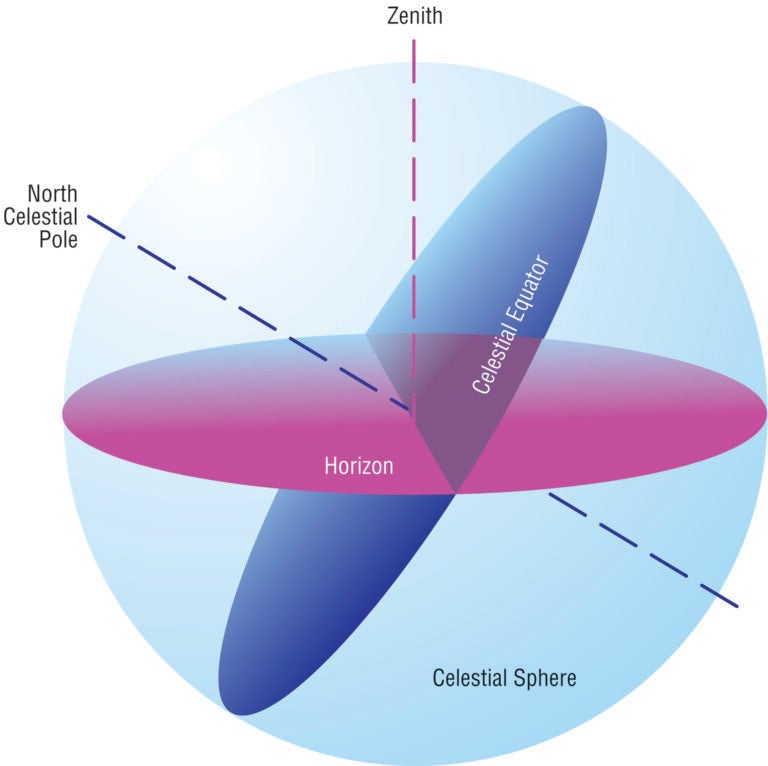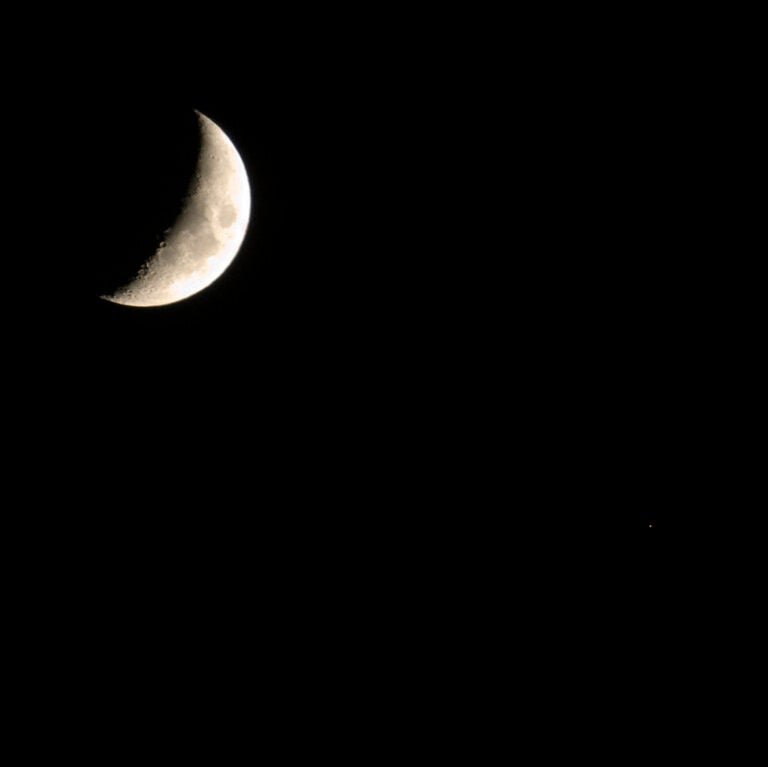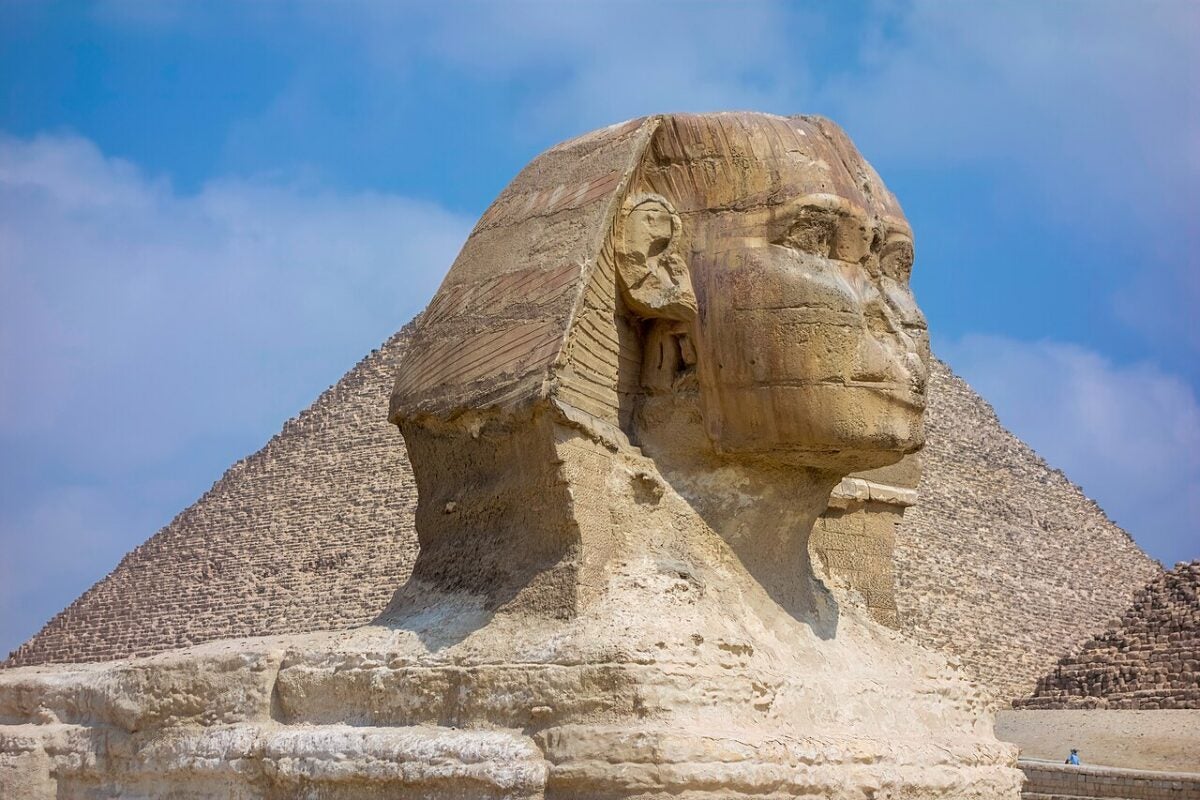
I’m leading another eclipse trip. No surprise there. I’ve traveled to observe 16 total solar eclipses, and on all but two of them I was the official astronomer. But this one’s special, even for me.
First, it boasts the longest totality — 6 minutes 23 seconds — that anyone alive will be able to witness. Second, it occurs in a location where, at the time of year the eclipse happens, the forming of clouds is almost impossible. And third, the trip will allow my group to visit remnants of the most intriguing civilization of all: ancient Egypt. It’s beyond exciting!
Related: The greatest eclipse for the rest of our lives
Day 1
We’ll arrive July 30 and settle in to our hotel. This will be the first of four days there.
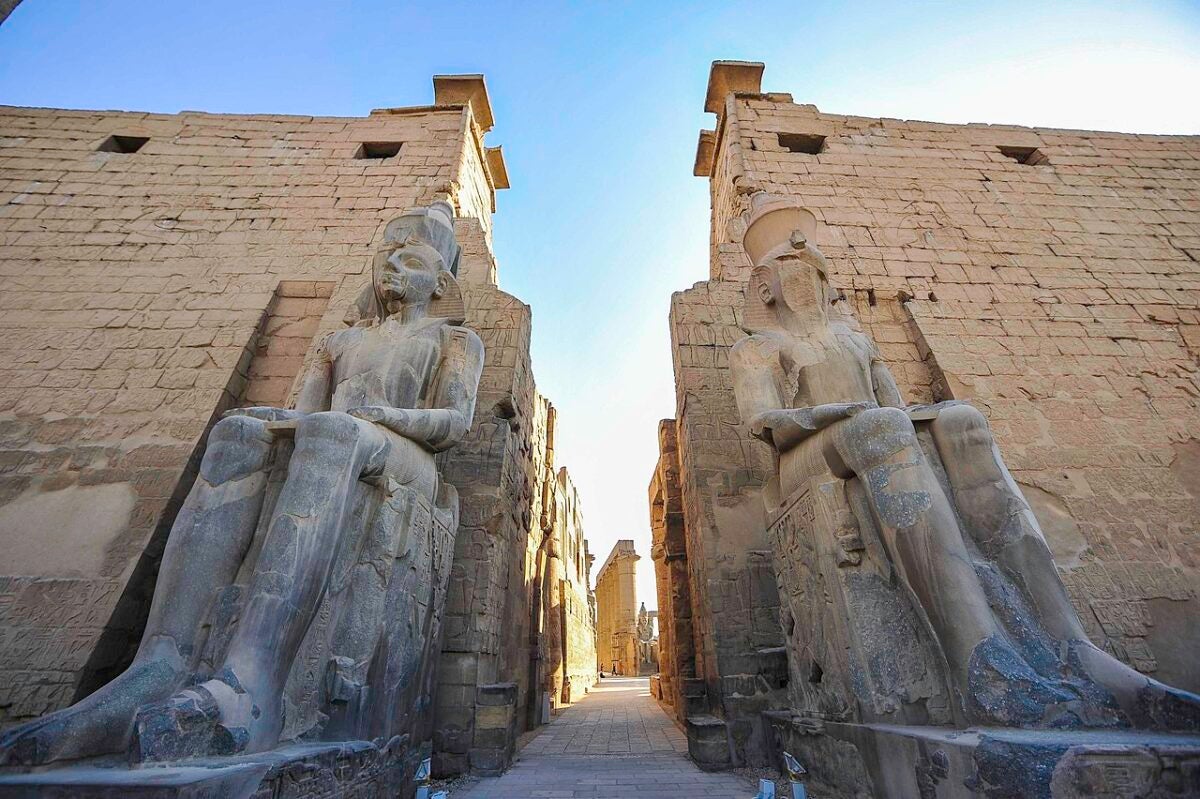
Day 2
The second day, we begin exploring and learning about ancient Egypt. We’ll visit Luxor Temple, built by Pharaohs Amenhotep III and Ramses II. This structure was dedicated to Amun-Ra, the king of the gods. His marriage to the mother goddess Mut was celebrated annually during a huge festival.
Then we’ll head to the Temple of Karnak, the largest temple complex ever built. It represents the combined efforts of generations of ancient builders, having taken more than 1,300 years to complete. Karnak is actually three main temples dedicated to Amun, Mut, and the war god Montu. The complex sits on a site spanning 247 acres. Its original name was Ipet-Isut, which means “The Most Sacred of Places.”

Day 3
Our third day features two options. You can do either of them or both.
Option 1 is a breathtaking 45-minute hot air balloon ride over Luxor. You’ll float above some of the world’s most significant archaeological sites — including the Valley of the Kings and Queens — as well as iconic historic monuments. During the flight, you’ll enjoy stunning overhead views of the temples you visited the day before. You’ll also see the lush Nile Delta and surrounding farmlands.
Option 2 is a visit to the temple complex at Dendera. The ancient Egyptians dedicated its main structure to Hathor, the goddess of love. This temple dates back to 54 b.c.E., although it rests on foundations of earlier buildings dating as far back ask 2,600 b.c.E. It’s unique for its intact roof, upon which is beautiful ceiling art depicting the hours of the day and journeys of the Sun, the Moon, and the stars. One of the ceilings also features plaster casts of the signs of the zodiac.
This temple also houses the only known relief of Queen Cleopatra and her son, Caesarian. Afterward, you’ll continue to Abydos, the ancient city dedicated to Osiris, god of the underworld. You’ll visit the famous Temple of Seti I, which was completed by Ramses II, and then return to the hotel.
Later, I’ll present a talk about the eclipse. I’ll tell you what to watch for, both before and after totality, and how to get the most out of the experience. And I’ll answer every question you have.
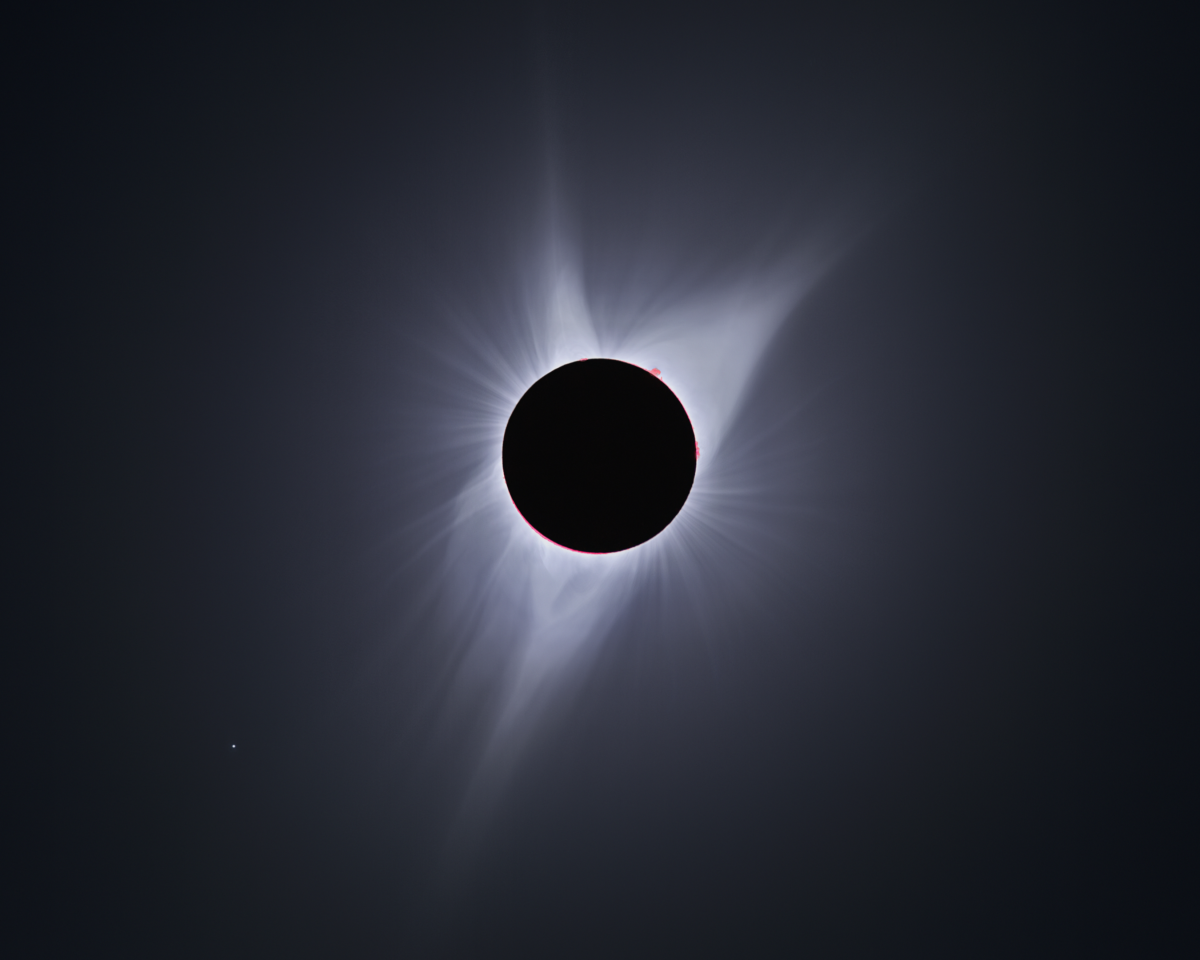
Day 4: Eclipse Day
Finally, the day has arrived. Expect everyone in our group to be excited, but not nervous. We’ll look at the sky and see that it’s perfectly clear. There may be a little sand blowing around, but it won’t affect our view.
After breakfast, we’ll take a short coach trip to the eclipse center line, close to the point of the longest duration of the eclipse. Here is where our group will experience totality. Everyone will be watching the time. Here are the most important times to note:
The partial phase, the moment marking the start of the eclipse, will begin around 10:40 a.m. local time. Who will be the first in our group to notice the Moon’s dark disk silhouetted against the brilliant Sun? From now until totality starts, you must use an approved solar filter to protect your eyes. If you’re using binoculars, the filters go in front of the lenses. If you’ve brought a telescope, the filter must be at the front and secured so a breeze will not blow it off.
Believe it or not, now is the time to relax. You’ll have more than 80 minutes before the drama of totality occurs. So, take everything in. Your surroundings will begin to ever-so-slowly darken, but you won’t notice until more than two-thirds of the Sun is covered. You’ll feel it getting cooler as more sunlight is blocked. Around the time when the Moon covers 90 percent of the Sun, people in our group will begin to see Venus, less than 3° northwest of the Sun.
When the Moon covers 95 percent of the Sun, things start to happen quickly. It gets darker fast. Jupiter will become visible a bit more than 20° east-southeast of the Sun. You’ll feel a rush of adrenaline, but try to stay calm. Finally, in the last few seconds before totality, you’ll see the spectacular diamond ring, one of nature’s most beautiful sights.
Totality begins at 12:02 p.m. local time and lasts for an incredible 6 minutes 23 seconds. No one alive will ever experience this much totality again.
At a bit past 12:08 p.m. local time, totality ends. Watch for the second diamond ring and everything you saw leading up to totality running in reverse order.
Finally, the partial phase ends at 1:26 p.m. local time. The spectacular total eclipse is over. But I guarantee that you’ll never forget it.
The rest of the day will be one of great excitement. We’ll relive the eclipse and share stories and photos. When we return to the hotel, a representative from Eclipse Traveler will guide us in our transfer to our Nile Cruise. We’ll be aboard ship, but we’ll still spend the night in Luxor.
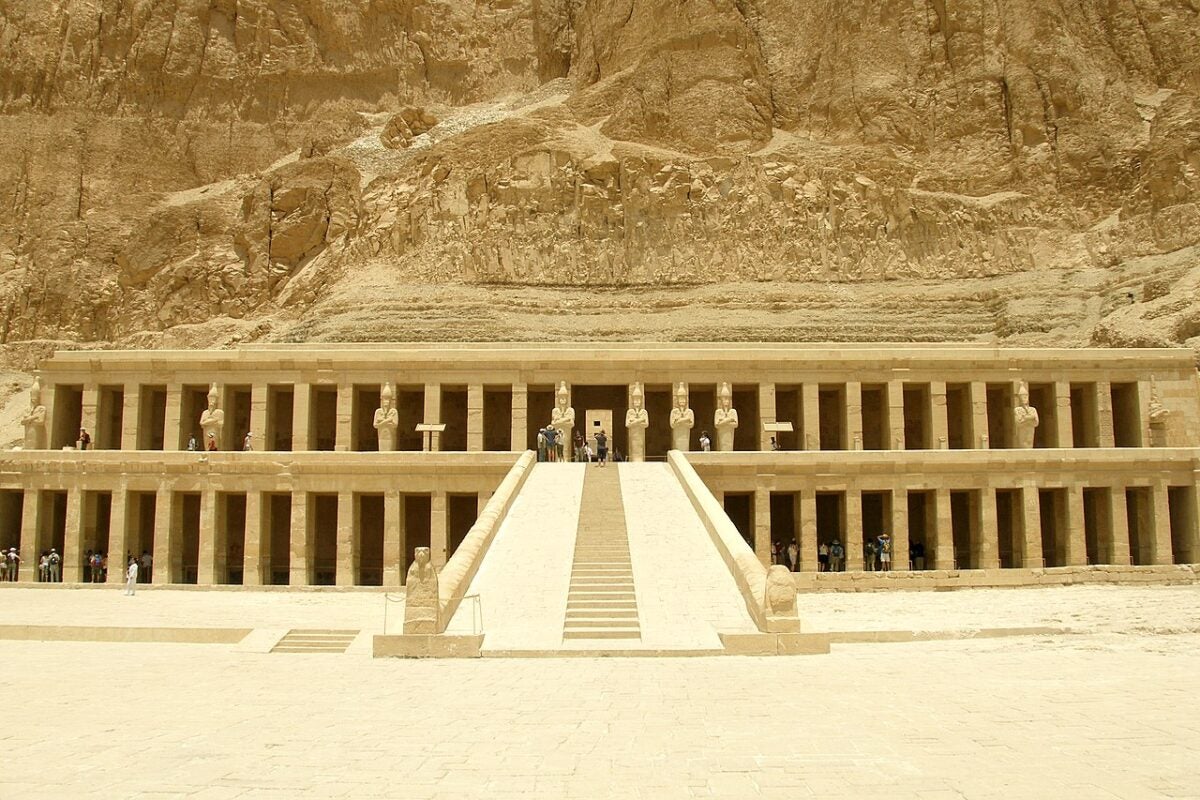
Day 5
Now that we’ve observed the eclipse, we will really get into exploring ancient Egypt’s highlights. Today, we’ll travel to Luxor’s West Bank. This will include visits to the Valley of the Kings, the temple of the female pharaoh Hatshepsut, and the Colossi of Memnon. Later in the day, we’ll return to the ship and set sail to Edfu through the Esna Lock. We’ll spend the night in Edfu.
Day 6
Today, we’ll all take a horse and carriage ride to visit the Temple of Edfu, one of the best preserved temples in Egypt. We’ll then return to the ship and sail to Kom Ombo to visit the temple dedicated to both Horus and Sobek. After our busy day, we’ll sail to Aswan and spend the night there.
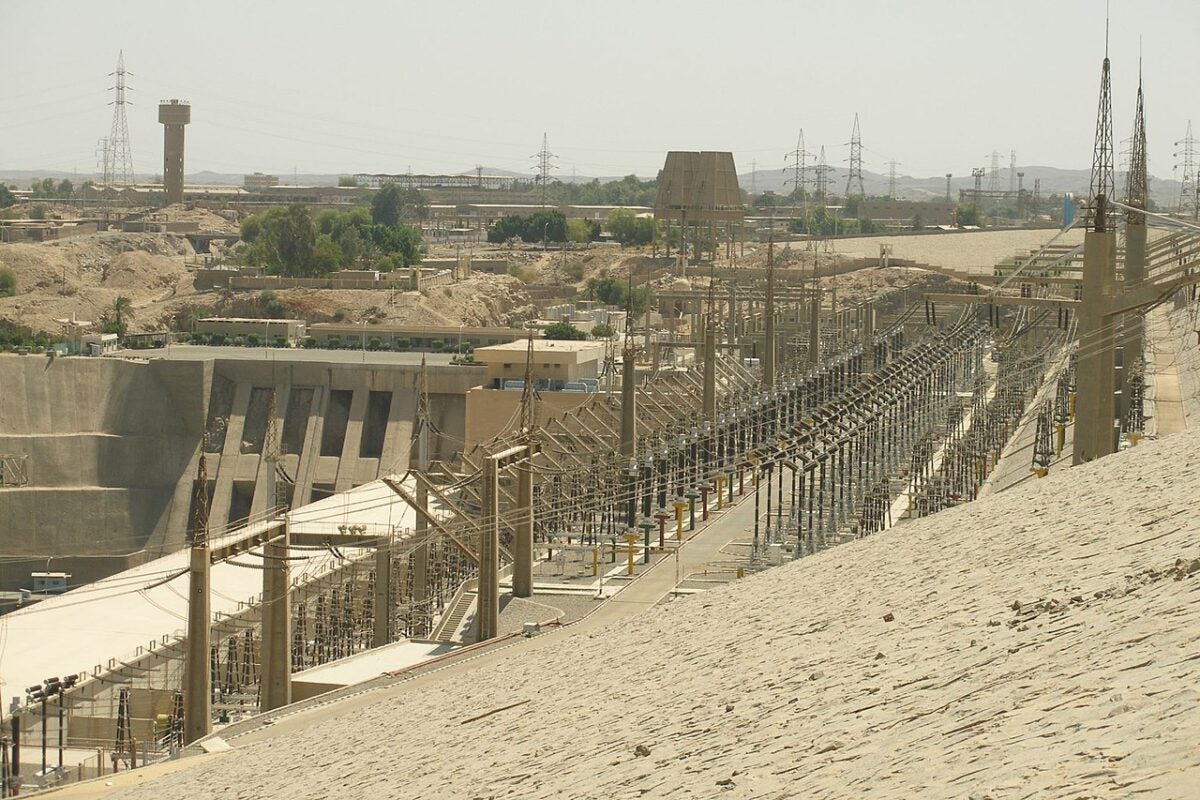
Day 7
Today, our group will explore Aswan’s major sites, including the High Dam and the Temple of Philae. We’ll all enjoy a traditional felucca sailboat ride around Elephantine Island. Feluccas are traditional wooden sailing boats. Each has a single sail. We’ll spend another night in Aswan.
Day 8
Our group will disembark the ship and transfer to Aswan Airport for our flight to Cairo. Also today, group members will have the two options to travel to Abu Simbel Temple for a tour. If you fly, the trip will take just over an hour. Others in our group may choose to go by land, which takes 4 hours 20 minutes, one way.
When we arrive in Cairo, we’ll transfer to our hotel and spend five nights there.

Day 9
What a day this will be! First, our group will drive to the amazing Giza Plateau, home of the Great Pyramids — proclaimed by the Greeks to be among the Seven Wonders of the Ancient World. The largest is the Great Pyramid of Cheops, standing 480 feet tall.
We’ll also visit the Sphinx, known as Abu al-Hol (Father of Terror).
After lunch, we’ll head to Memphis, the ancient city of Menes, the king who united Upper and Lower Egypt. Then we’ll continue to Sakkara, part of the Memphis necropolis, where we’ll see tombs from the 1st and 2nd Dynasties.
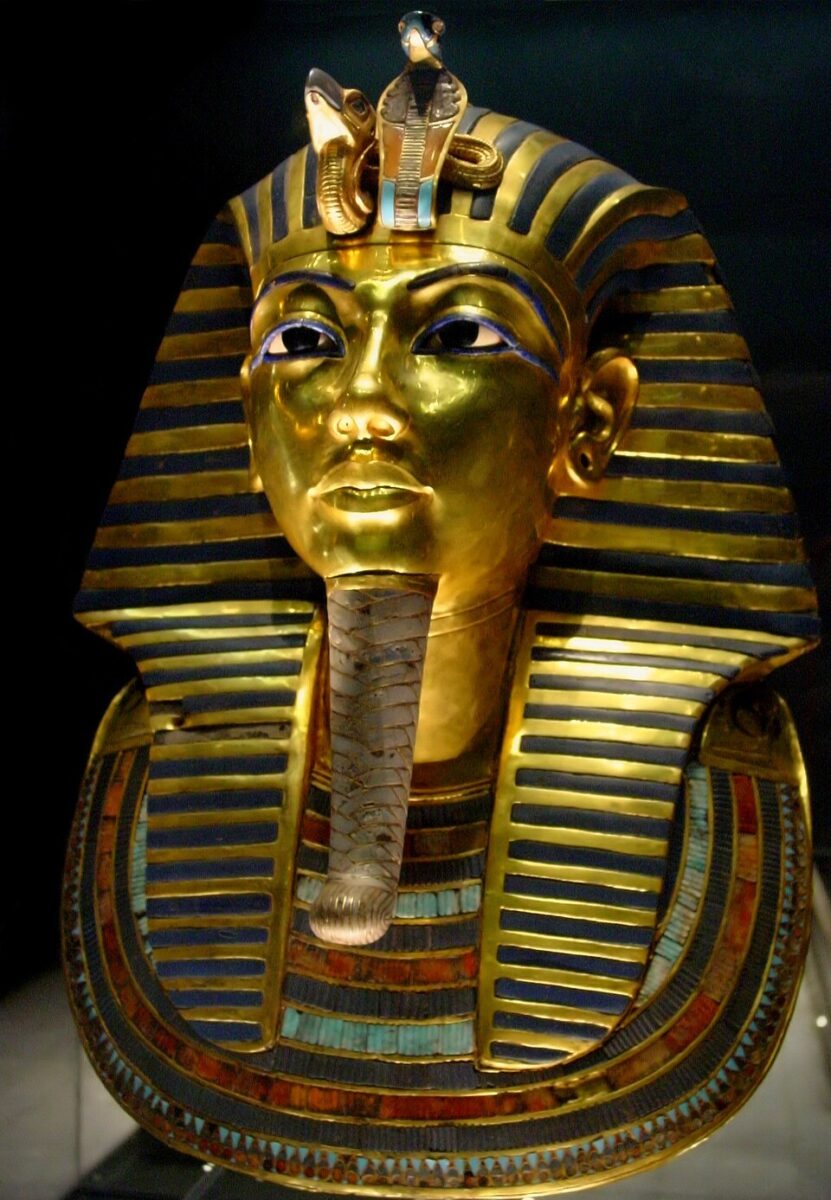
Day 10
This amazing day starts with a guided tour of the Museum of Egyptian Antiquities, home to the treasures of King Tutankhamun. These include more than 1,700 items made of gold. Group members may also visit the Royal Mummies Room for an additional fee.
After lunch, we’ll explore Old Cairo, including the El Muallaqa Church (Suspended Church) and Ben Ezra Synagogue, which houses a Jewish Heritage Library.
Day 11
Today, our group will take a day trip to Alexandria with our Egyptologist guide. We’ll visit the National Museum, the Catacombs, and the Roman Amphitheater, which dates back to the 4th century. Then we’ll explore the Bibliotheca Alexandrina (modern library) and see the Fort of Qaitbay from the outside, built on the site of the ancient Lighthouse of Alexandria.
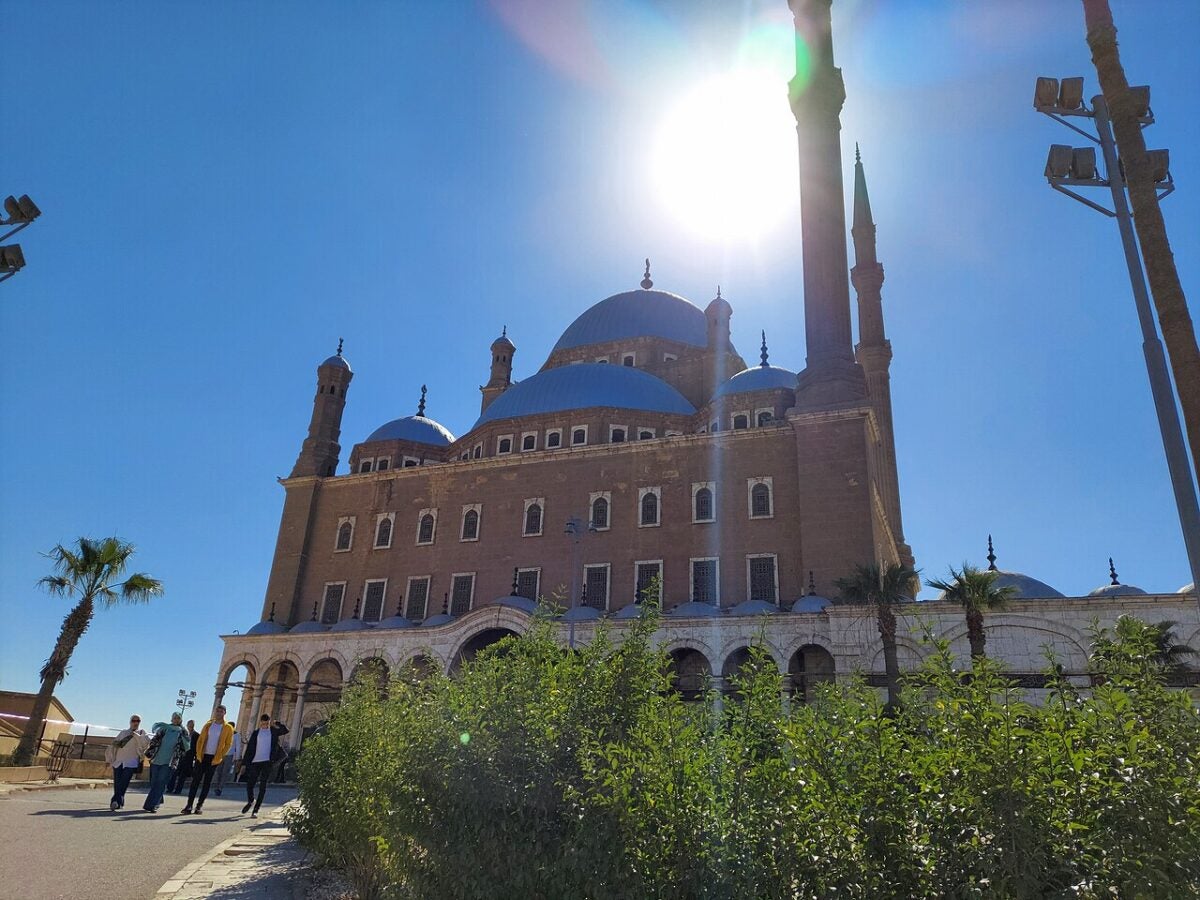
Day 12
Today, our group will visit the Khan el-Khalili Bazaar, the world’s largest 13th-century covered market. Here, we can explore the shops and enjoy bargaining for various goods.
We’ll also visit the Citadel of Mohamed Ali (Fortress of Salah al-Din), including the Alabaster Mosque, which offers stunning views of the city.
Then we’ll return to the hotel by noon and have the afternoon free.
Day 13
Finally, we bid goodbye to Egypt, never to forget it. We’ll transfer to Cairo International Airport for our flights back home.
Details
If you’d like to be part of this life-changing expedition, email me at m_bakich@firecrown.com. I’ll send you links, the sign-up form, and also answer any questions you have.

